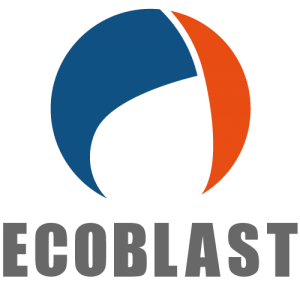What is it?
It is one of the most advanced methods in cleaning technology, using compressed air to blast dry ice at a surface removing pollutants in a non-abrasive and environmentally friendly way. This technique allows a more efficient cleaning by leaving no residue and in some circumstances may be used without the need to shut down production.
Currently, cryogenic blasting is being used in a wide range of applications from organic waste removal to circuit boards and semiconductors.
How does it work?
With a burst of compressed air, the dry ice particles are sent to the surface to be cleaned. Upon contact with the surface, these particles sublimate causing a micro-explosion on the contaminant causing the particle to be released.
Speed, temperature and the physical/chemical changes of the dry ice are the factors that determine the efficiency of this technique.
Benefits
- Speed.- Allows for faster cleaning without the need to move equipment, as it is possible to give cleaning-in-place.
- Without damage.- Being a technique based on sublimation, the integrity of the surface is not compromised, making it an ideal method for sensitive materials.
- Without residue .- The only residue to be collected by this method is the contaminant or dirt itself.
- Non-toxic.- This method does not use chemicals, thereby reducing risk and additional costs.
- Sustainable – Complying with our ECOBLAST certification, cryogenic blasting uses carbon dioxide, an element that is not harmful to the environment and is readily available.
- Sanitary.- Dry ice temperature inhibit bacteria and mold growth. Therefore, this method disinfects in addition to cleaning.


